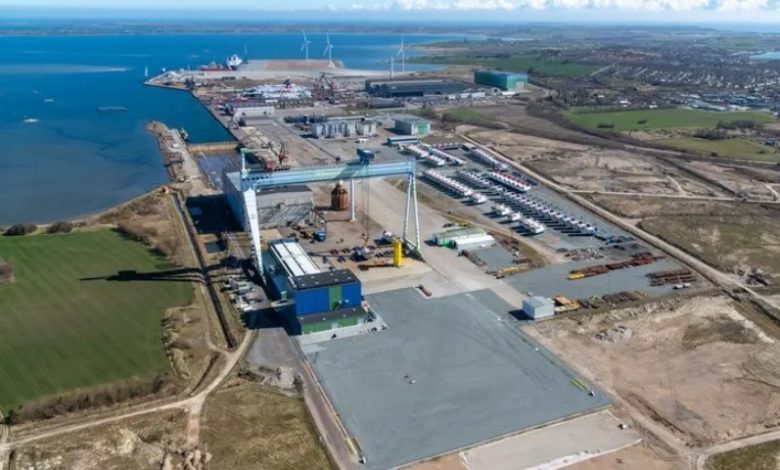Port of Odense moves to establish Denmark’s largest dry port

Denmark’s Port of Odense has announced plans to invest between DKK4bn and DKK5bn ($568m and $710m) to establish what it said would be the country’s largest dry port.
Odense Dry Port, a nearly 1m sq m area between Odense and the town of Årslev, is intended to accommodate the upcoming offshore wind sector expansion.
In May, Denmark, together with the Netherlands, Germany and Belgium, unveiled an ambitious scheme to build 10,000 wind turbines in the North Sea by 2050 to ensure greater energy independence.
As a significant player in offshore wind, the establishment of the dry port will see the Port of Odense move the warehousing and logistics part away from the port area to a new 500,000 sq m hub located close to the motorway and the railway.
The port said that efforts are underway to get the necessary approvals in place as soon as possible, adding that the hub itself would reduce dependence on the international supply chains, citing, among other things, the pandemic, war in Ukraine and grounding in the Suez Canal, which have challenged production speed in the green transition and other logistics activities in large parts of the world.
“Odense Dry Port must ensure that the port’s large customers, within the wind turbine and offshore industry, can keep up with demand and ensure that they have the opportunity to have larger stocks of the most necessary parts close to their production,” the port added in a release.
The Mayor of Odense Municipality, Peter Rahbæk Juel, commented: “The huge port expansion, which the port planned in 2008, was completed in 2020, and is today already crucial for offshore wind turbine production. Therefore, Odense Dry Port will be a vital facility, because it can strengthen the logistics for the same production at the port. This makes the supply chains robust behind the green transition.”
